Two weeks ago Guillaume was awoken from hibernation for his annual service. No longer under guarantee, he can now be serviced at my convenience and I can avoid fretting about extracting him from a snow-covered field in mid February. Phew! Since his service, he has been champing at the bit to go somewhere and time for his first somewhere has finally arrived; the English Lake District. Guillaume’s destination was chosen by Francine seeking subject matter for some new photographic kit, including a Lee Big Stopper. Though delighted to be getting away from home at last, Franco is secretly a little concerned about this choice of destination, being 200 miles further north to a notoriously damp part of the UK in early April. We shall see.
Our journey was the best kind of delightfully uneventful. The only excitement was down to good ol’ Sally Satnav. Now, I know we’ve been here before but, though satnavs generally are less intelligent than a Francine armed with a map, I do like seeing junctions approach and knowing beyond doubt that I’ve arrived at the correct one. Their knowledge of traffic flow and problems can at best be described as rudimentary, though, IMHO. Sally’s first choice of route was sending us via the M1 to the M6 and the traffic nightmare we call Birmingham. She showed a 12 minute delay. We asked her to avoid it but she still chose Birmingham. After a while, we reset the destination to force a “recalculating” and … she still chose Birmingham.
On our only other scary journey north heading for Carlisle two years ago, Sally sent us further up the M1 and across on the A50 to Stoke-on-Trent, avoiding B’ham completely. Why not this time? Then, out of blue, just as we were nearing the M6, up pops Sal with a “recalculating” and sends up further up the M1 to the A50 and to Stoke-on-Trent. Why? Why, for Darwin’s sake? I want to know what caused the change of mind but it’s frustratingly impossible to find out. Arghhh!
The A50 has a number of advantages. Not only does it avoid B’ham but the services are much calmer ‘cos the traffic is much lighter. The fuel at the services is also more competitively priced. Mind you, with motorway fuel at £1.47 a litre, gold is more competitively priced.
Anyway, after a short road-works delay approaching Stoke-on-Trent, we made our second stop at the Westmoreland farm shops service area, undoubtedly the finest on our motorway network, in search of local delicacies and a splash of diesel [see above]. Our delicacies included Allerdale goat cheese, a distressingly Scottish-sounding blue sheep cheese called Lanark Blue, and a few slices a black pudding for Guillaume’s season-starting breakfast the following morning. Yum!
The blue proved interesting. I thought it tasted similar to Roquefort, though it wasn’t swimming in liquid as Roquefort often is. The till-printed price ticket very thoughtfully, and inventively, I thought, included information about the cheese. Low and behold, Lanark Blue “is blued with the peninilum roqueforti”. I think peninilium should read penicillium. Whatever, it seems my taste buds were accurate.
Just above Keswick on the northern tip of Derwent Water lies Bassenthwaite Lake, where, we discovered from an AA sign post on our journey in, the RSPB runs an Osprey project – webcam and a couple of view points to see the celebrity birds. It seems that, on the very day that we completed our journey north to The Lakes, so did the first Osprey of the new season. The Osprey had come considerably further than us, of course – all the way from West Africa – and without the aid of Sally Satnav. Whilst a glimpse of an Osprey over Bassenthwaite Lake would be quite a thrill, we must exercise caution since some birds pause here en route to Scotland. [Curious decision.] Fingers firmly crossed.
Fingers firmly crossed for the weather, too.
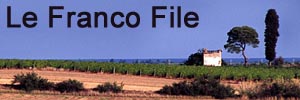








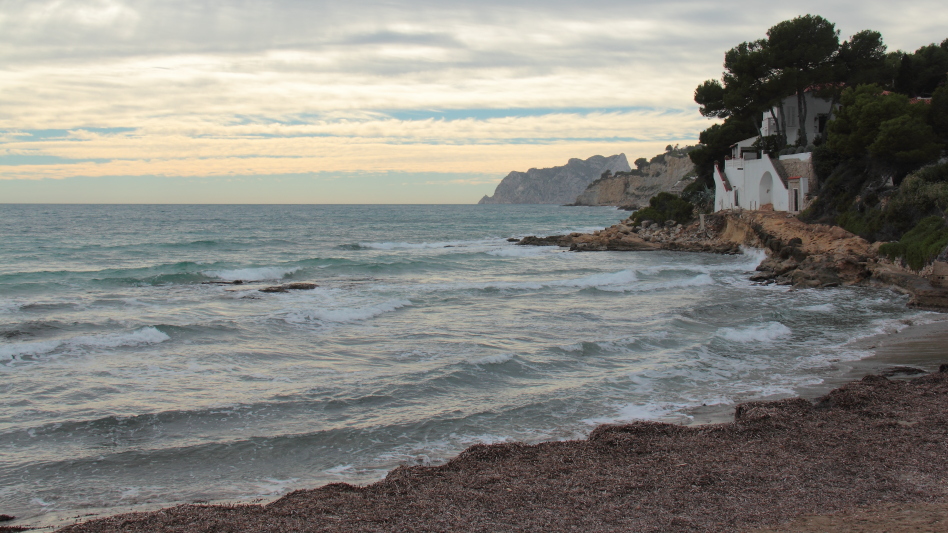
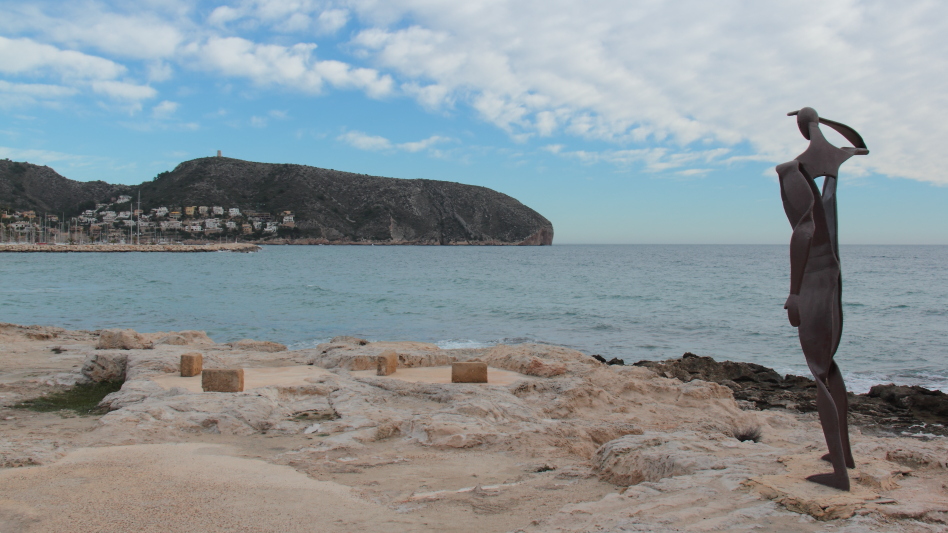
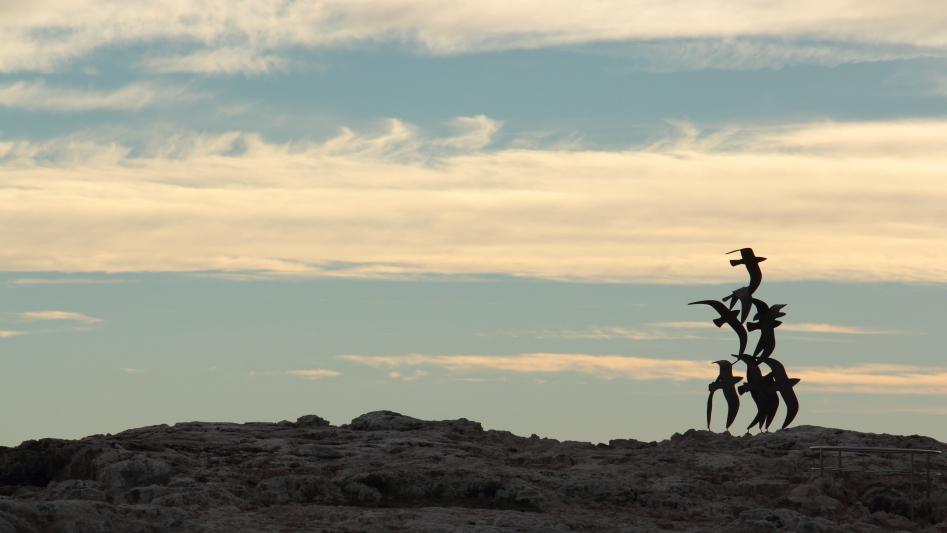
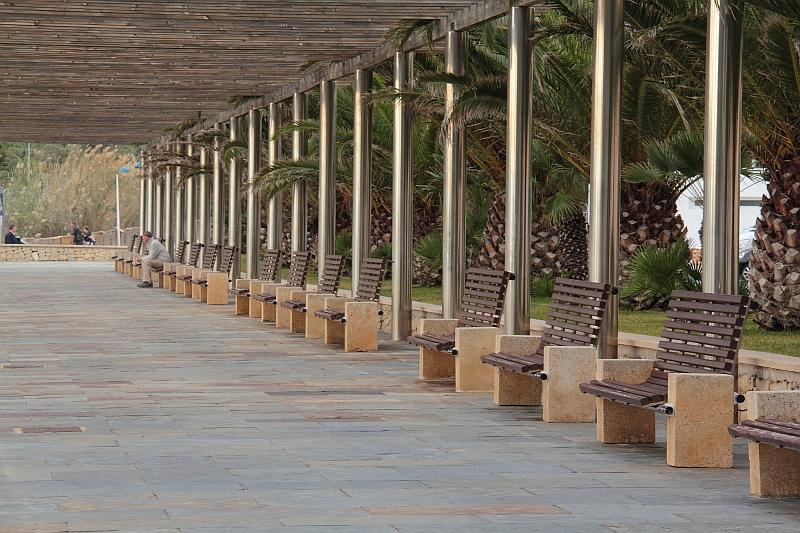











Recent Comments